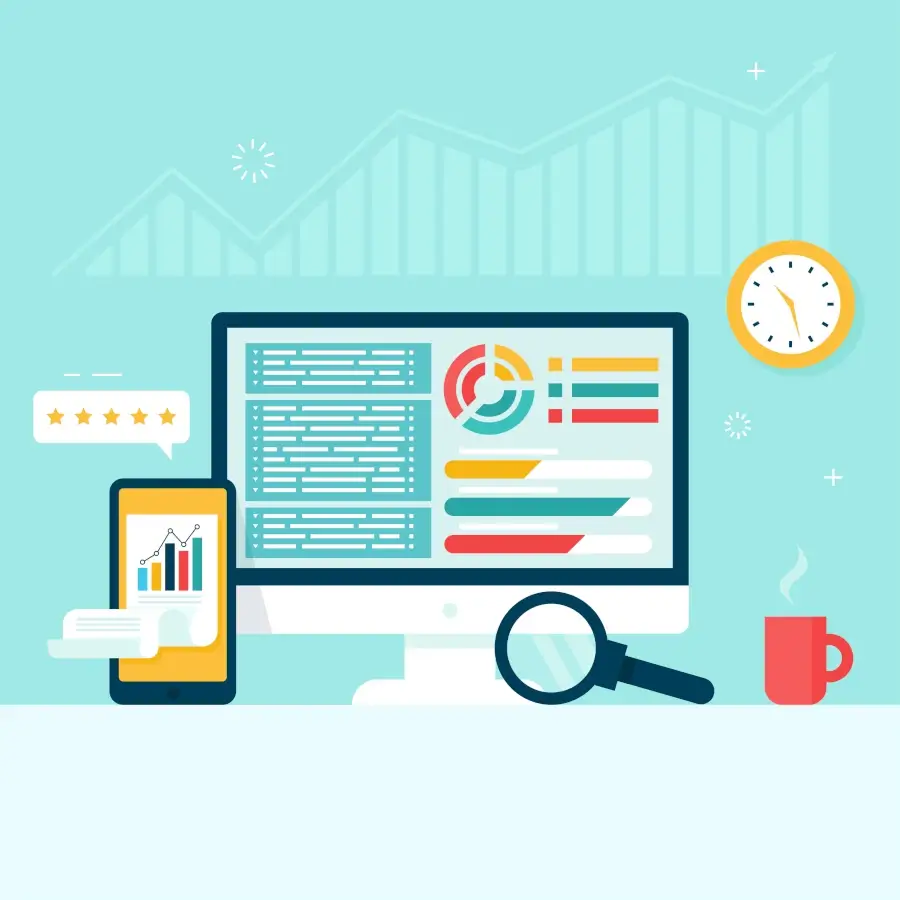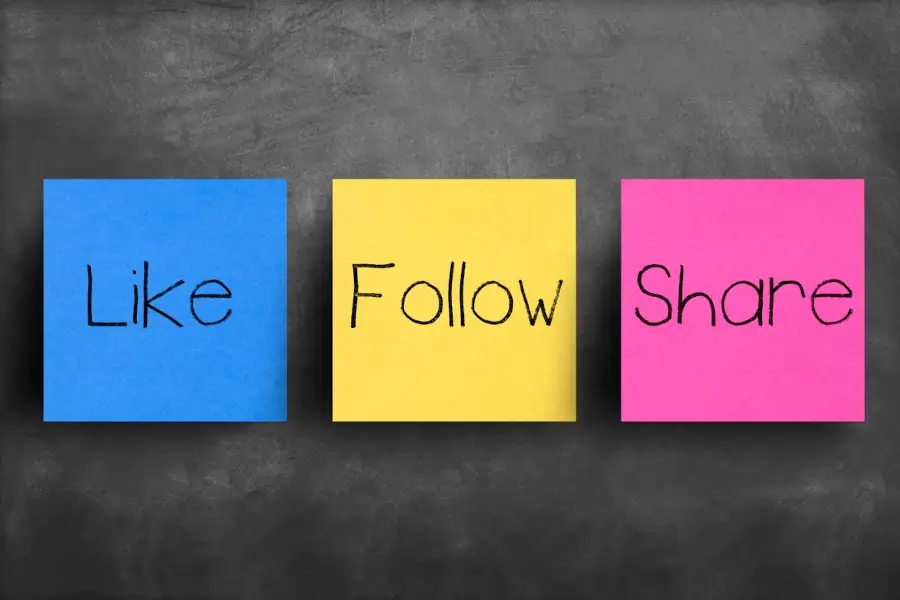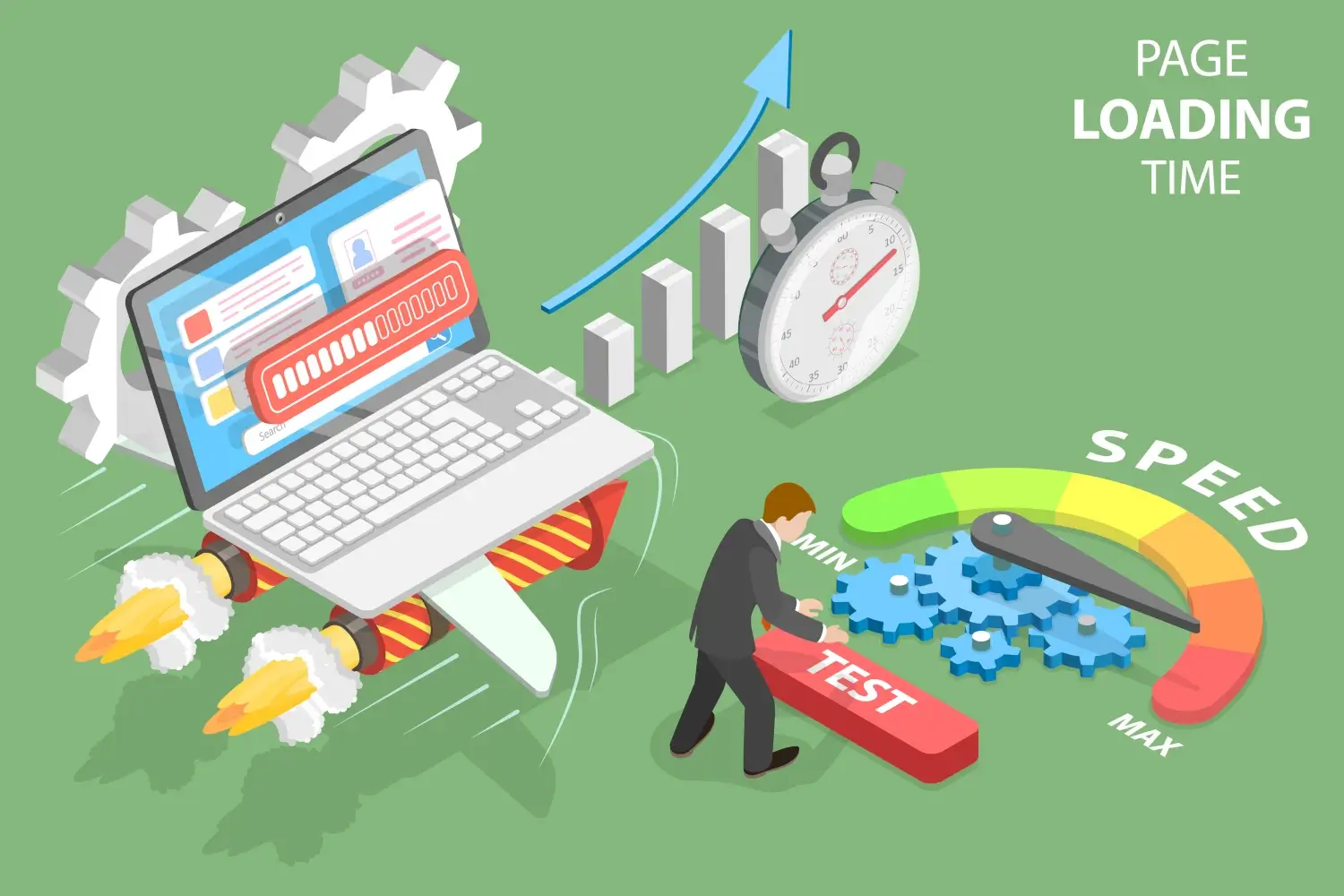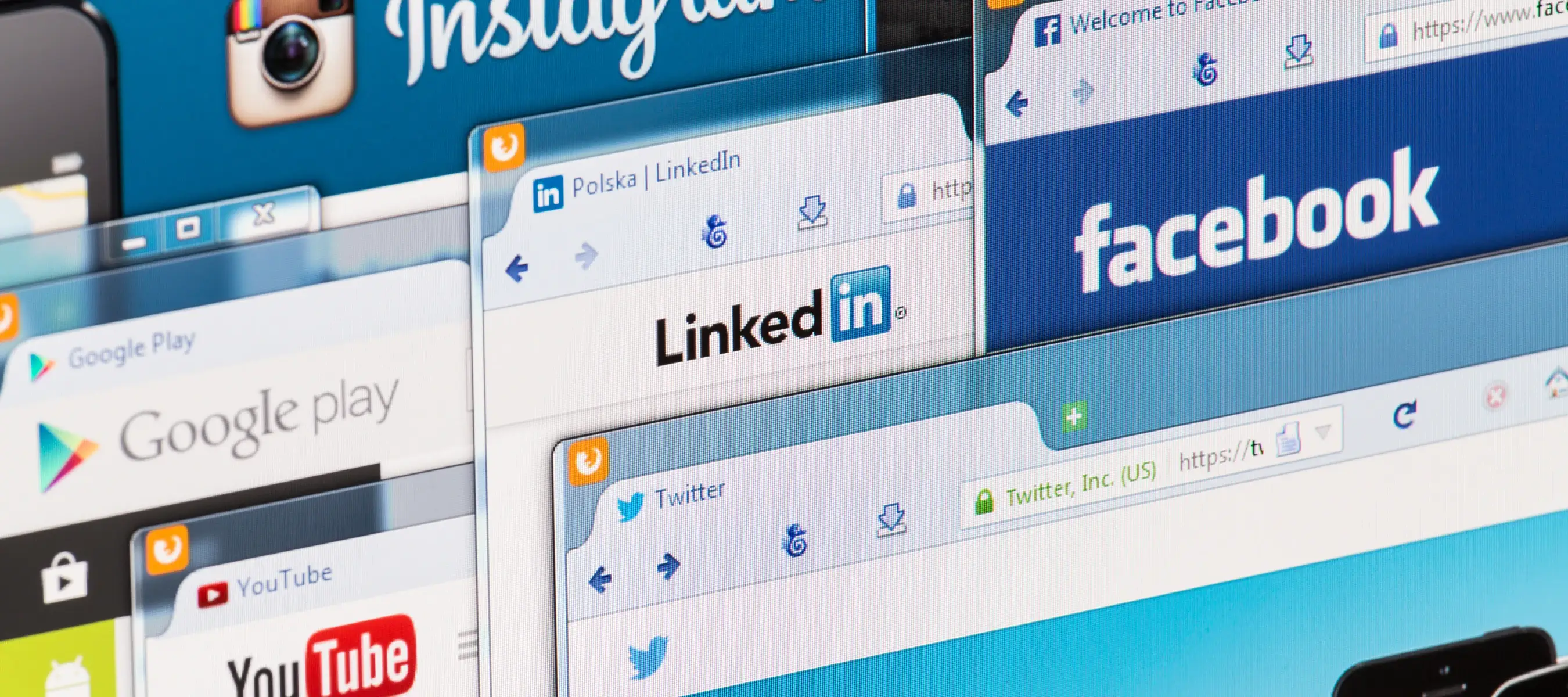It's known that humans are drawn toward visuals. In fact, before our ancestors learned to formulate the alphabet, they were painting images and sketching figure sticks in the caves.
Our penchant for visuals is also the reason the likes of video marketing, social media marketing, and infographics are popular over the years. Fortunately, when it comes to searching for links or sorting bookmarks of websites, marketers and website owners can now use a handy tool known as the favicon.
What Is a Favicon?
A favicon (short for "favorite icon") is a small 16x16px image that can be found next to anything that identifies your website. This includes bookmarks, tabs, toolbar apps, history results and search bars. Web browsers also use it internally when bookmarking or saving a website.
Having a small image associated with a website was first proposed by Microsoft employee Dave Winer in February 1999. However, it wasn't until October 1999 that the first favicon was created for the website of web developer Erik Andersen. Since then, favicons have been supported by all major web browsers.
What Are the Benefits of Favicons?
Favicons are underrated. They are so small that marketers or website owners end up downplaying their purpose. But they provide plenty of benefits:
1. Site Usability

A favicon can help users identify a website they've bookmarked or saved quickly and easily. This is especially helpful when multiple tabs are open in a web browser, and the user can't remember which account corresponds to which website.
It also appeals to users that are primarily visual creatures. Studies have shown that adding a favicon can increase website usability by up to 33%.
Note: To test if you're using a favicon, check out Greencheck.ai. You can input your website URL, and we'll create an instant free report for your website.
2. SEO Benefits

Favicons can lead to more social shares of a website's content. When users see a favicon they appreciate, they're more likely to share it with their friends on social media networks like Facebook, Twitter, and Pinterest, helping to increase traffic to the website.
Favicons can also positively impact a website's SEO (search engine optimization) efforts. This is because Google and other search engines may index the favicon image file and the website's content, which could help improve the site's ranking in search results.
Improving the site's usability can also count toward possibly enhancing search engine ranking. Google favors websites that offer excellent value to their users since it also increases the value proposition of this vast search engine.
3. Brand Recognition
A favicon can also help build brand recognition for a website. When users see a standard favicon, it subconsciously reminds them of the website and its branding. This can help keep your website top-of-mind and further increase brand awareness.
Favicons can also help make a website more visible and noticeable. When users are browsing the web, they're more likely to see a favicon if it's prominently displayed on the website. This can result in more clicks and visits to the site.
How to Make a Favicon
There are a few different ways to create a favicon. You can use a graphics editor like Adobe Photoshop or GIMP, or you can use an online favicon generator.
If you're using an online favicon generator, all you need to do is upload a 16x16px image, and the generator will create a favicon for you. The best thing about these generators is that they're free and easy to use.
When it comes to formats, favicons can be saved in either PNG or ICO files. The ICO file format is the most common, and most web browsers, including Internet Explorer, will support it.
You can check out a free favicon generator here: https://favicon.io/
If you're using a graphics editor, here are the steps to create a favicon:
-
Open your graphics editor and create a new 16x16px image.
-
Save the image as a PNG or ICO file.
-
Upload the image to an online favicon generator or your website's server.
-
Copy the generated favicon code and paste it into your website's HTML code.
-
Save your changes and preview your website in a web browser.
You should now see your favicon displayed next to your website's title in the tab.
Is It Possible to Create Too Many Favicons?
It's certainly possible, and you should generally avoid doing this. When you create too many favicons, it can confuse users and make your website look cluttered and unprofessional.
Ideally, you should only create a favicon for your main website and maybe a couple of variants (like a dark theme or a different size) if needed. Any more than that, and you'll just be wasting time and resources on something that users likely won't notice or care about.
Tips in Making a Favicon
Favicons are not random small file images you make for your website. They are a brand indicator and a tool to improve your search engine ranking and website's usability. You need to get them right, and these tips will help you with that:
1. Keep it Simple
Avoid using too much text or complex graphics when creating a favicon. This will ensure that the favicon is easy to see and understand, no matter where it's displayed.
2. Use Standard Dimensions
Make sure your favicon is in standard 16x16px dimensions so that it will be compatible with all browsers.
3. Make it Relevant
When choosing an image for your favicon, ensure it's relevant to your website and its branding. It will help create a stronger association between the two in the mind of users.
4. Use Appropriate Colors
The colors you use in your favicon should also be complementary to the colors of your website, creating a more unified look and feel between the two.
5. Test Your Favicon in Different Environments
Once you've created your favicon, be sure to test it in different environments to make sure it looks good and functions properly. This includes testing it on other devices and platforms and in different browsers.
6. Use Appropriate File Types
Be sure to use the appropriate file type when creating your favicon. This will help ensure compatibility with different browsers. You can use PNG for both Mac and Windows users, while iOS devices only support the ICO file format.
7. Optimize Your Website's Loading Speeds

A fast-loading website is more user-friendly, making it more likely that users will stay on your site for more extended periods. You can use online tools like the Google PageSpeed Insights tool to help you identify and fix any issues that may be slowing down your website's loading speeds.
You can also determine your site's speed with Greencheck.ai. The report provides information about the overall status of your website's performance.
8. Use Appropriate File Names
When saving your favicon image, be sure to use an appropriate file name. This will help keep things organized and make them easier to find later.
9. Use a Favicon Generator
If you don't feel comfortable creating a favicon on your own, you can always use a favicon generator. These generators are free and easy to use, and they'll take care of all the necessary tasks for you.
A favicon can increase user engagement, usability, and brand recognition for a website. It's also an essential part of your web presence since many users rely on it to help identify a website they've saved in their browser. For all of these reasons, it's essential to create one if you don't already have one.
Thanks for reading! If you found this article helpful, please share it with your friends. And if you'd like more articles about favicons or any other design topics, just let us know.
